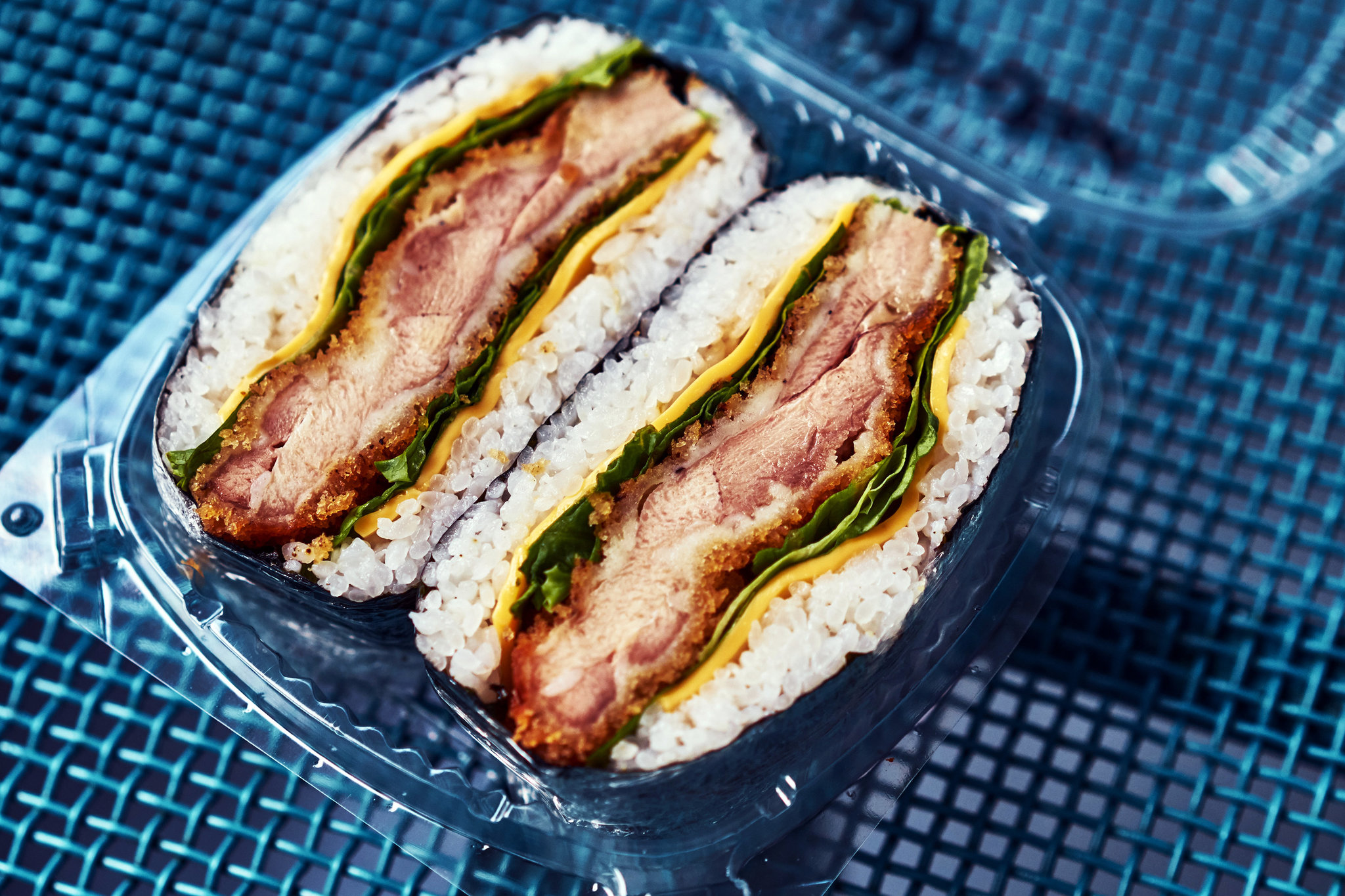Steps from the hustle of Roosevelt Avenue in Jackson Heights, Queens, past signs in Spanish for low shipping rates, amulets and shamanic baths, Mitsumine Oda quietly makes onigiri (rice balls) shaped like hearts.
To the west lie Bollywood DVD stores, Punjabi buffets and Tibetan momo (dumpling) trucks; to the east, Colombian diners, Ecuadorean morcilla (blood sausage) carts and a takeout window famed for what may be the biggest Mexican torta known to man. Half the world seems to live here, and still it’s a surprise to stumble on a Japanese cafe, even more so one owned and run by a Japanese immigrant.
Mr. Oda grew up in Chiba, Japan, and came to New York nine years ago. For a while, he ran a sushi franchise at Hunter College. Closer to his home in Woodside, Queens, he found this space, once a unisex salon, while wandering the neighborhood, and last September, he opened 969 NYC Coffee, a small, informal half-grocery, half-snack shop.
About the name: “It’s my favorite number,” he said. The digits appear as wisps of steam rising from a coffee cup on the bright yellow awning, which doubles as a canopy over an unexpected patio, up a concrete ramp and jutting out into the sidewalk. Turquoise tables and chairs offer a glimpse of the elevated train, which rumbles past sounding almost like the ocean.
Inside, cases and shelves are stocked with honey butter chips and Hello Kitty mango marshmallows, cans of royal milk tea and boxes of premade sushi heavy on avocado and spicy mayonnaise. Behind the counter, Mr. Oda works alone, morning to night. (Occasionally his sister stops by to lend a hand.)
Continue reading the main story
RELATED COVERAGE
HUNGRY CITY
East Meets West, and Cafe Becomes Sake Bar, at Hi-Collar MAY 18, 2017
Hungry City
Ligaya Mishan reviews New York's great unsung restaurants.
A Rare Manhattan Find: Great Vietnamese Food, Times Two
JUL 13
Layers of Flaky Dough, and History, at King Tut Pie
JUL 6
Around the World in an Evening at the Queens Night Market
JUN 22
In Tama’s No-Frills Space, the Filipino Food Is Anything But
JUN 15
At Bep Ga in Chinatown, It All Begins With Chicken
JUN 8
See More »
His heart-shaped onigiri are archetypes, the rice clingy and salted just enough that every bite has flavor. They wear bands of nori like beauty-pageant sashes or crisscrossed bandoleers. Most fillings are hidden at the center: flaked salmon off the grill; chicken pan-fried with doubanjiang and gochujang, for a lacquer of heat and crunch; umeboshi (preserved plum), its tang so intense that it obliterates any distinction among salty, sour and sweet. One heart comes studded with bacon shards and wrinkly edamame, a duel of brine and earth.
Here, too, is onigirazu, a relatively recent innovation in Japan, credited to the manga artist Ueyama Tochi and his serial “Cooking Papa,” about a salaryman who is happiest in the kitchen. To Westerners, onigirazu is recognizable as a sandwich, albeit with layers of rice instead of bread and a broad sleeve of nori to hold it all together. Mr. Oda builds his from slabs of pork or chicken, battered and fried, slaked with tonkatsu sauce as sweet as barbecue and surrounded by lettuce and, improbably, cheese.
Curry — closer to Indian than Southeast Asian, but mellower and sweeter — is made with bricks of roux from Japan, to which Mr. Oda adds “a lot of onion,” he said with a laugh. Onion is all I tasted. Better were corn croquettes, shipped frozen from Hokkaido, which is known for the plumpness and sweetness of its corn. They’re served a generous three to an order, large puffy patties with creamy insides, under golden bristles of panko that crumble like crisped air.
The only dish on the menu costing more than $5 is ramen, which at $8 is nearly half the price of a starter bowl at Ippudo in Manhattan. Mr. Oda’s tonkotsu broth is cloudy, with a creamline lushness from simmering pork bones, chicken bones and fish heads for eight hours (“at least”) with kombu and a head of garlic (“don’t skin it”), and leavening contours of onion, carrot and apple.
(Some days Mr. Oda makes a lighter-bodied ramen with only chicken bones and shoyu; it’s worth calling ahead to ask which is on the menu.)
Rounds of cha-shu — pork belly tied into a roll, boiled and then braised in sake, soy and garlic — are cut thin and relax immediately into the soup; they droop from chopsticks like Dalí’s melted clocks. The skinny noodles in the depths aren’t homemade, but they have kink and spring. Accessories are elemental: scallion rings, half a hard-boiled egg, stalks of bok choy added at the very end so they still have crunch. Pickled bamboo shoots bring funk, pickled ginger a sweet barb.
7
COMMENTS
This may not be the muscular tonkotsu ramen, with a whiff of the barnyard, found at ramen shrines elsewhere in town. What it offers, like everything here, is comfort without affectation. It’s a bowl you can sink into, that takes you in.
there any many delicious foods in this post...i like it @taidaominh
Downvoting a post can decrease pending rewards and make it less visible. Common reasons:
Submit
yeah !
Downvoting a post can decrease pending rewards and make it less visible. Common reasons:
Submit
lol. this is beautiful. very beautiful. liked it
@taidaominh
Downvoting a post can decrease pending rewards and make it less visible. Common reasons:
Submit
tks !
Downvoting a post can decrease pending rewards and make it less visible. Common reasons:
Submit
Hi! I am a robot. I just upvoted you! I found similar content that readers might be interested in:
https://www.nytimes.com/2017/07/20/dining/969-nyc-coffee-review-japanese-food.html
Downvoting a post can decrease pending rewards and make it less visible. Common reasons:
Submit
like
Downvoting a post can decrease pending rewards and make it less visible. Common reasons:
Submit
@ngamydung
Downvoting a post can decrease pending rewards and make it less visible. Common reasons:
Submit